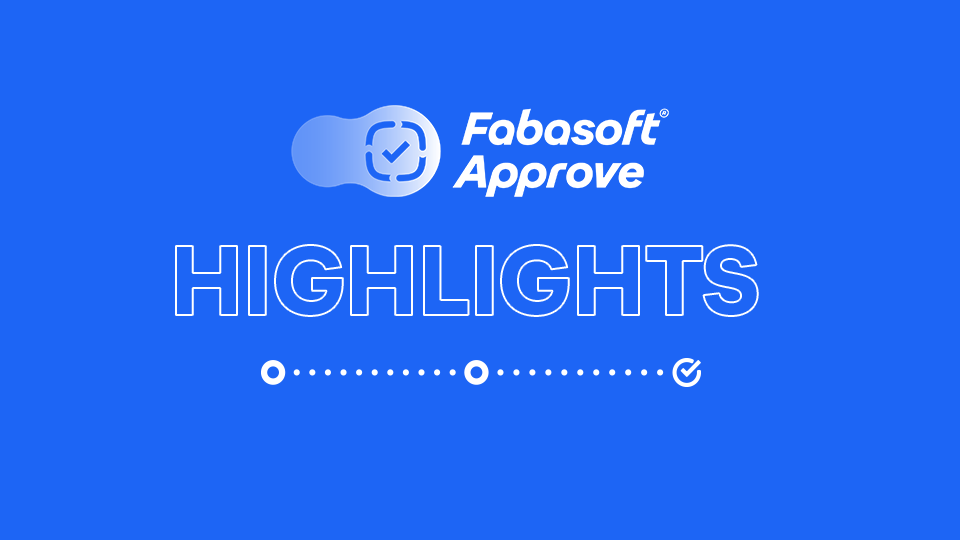When businesses digitalize their contract management, the main focus is usually placed on centralized data storage along with integrating all of the relevant in-house departments. Clearly structured lists, role-specific authorizations, and predefined workflows ensure efficient internal processes throughout the contract lifecycle and help keep track of everything. But that focus doesn't go far enough. In fact, most of the contracts govern relationships involving third-party actors. By integrating these business partners into the contract management digitalization process, companies can tap into enormous potential while also mitigating major risks.
The advantages of digitalized collaboration
Exchange sensitive information securely
Business relationships are based on contracts. The persons involved usually exchange documents and information by e-mail as early as the drafting or negotiation phases. But transmitting sensitive data that way harbors several risks: For one thing, when content is transferred from an internal e-mail server to one outside the organization, users cannot assume that it will be protected from unauthorized access. Selecting the wrong e-mail recipient by mistake is also a real possibility.
Exchanging documents using a digital contract management software that’s regulated by the appropriate access rights prevents this from happening. Even if an e-mail with a link to a document located in this confidential environment were to fall into the wrong hands, no data leakage would result. The sound and robust role and authorization scheme provided by a modern contract management tool – backed by further security mechanisms such as two-factor authentication – creates a framework for secure collaboration, even with external members.
A complete overview across the entire process
What's the most current status of the contract? Who made which changes and when? Where are there deviations from the company's standard clauses? To get answers to these questions fast, all involved parties can process and manage the documentation from end to end directly in the software – seamlessly and without changing systems – wherever and whenever they need to. Separate storage locations and version confusion are now a thing of the past. A revision-secure contract archive ensures that every change is documented and that any deviations from company templates can be identified easily. Using the logical links between framework agreements and subcontracts, the system is able to prevent duplications in agreements.
Digital signatures – even for external contracting parties
Signing the agreement is the most important step in the contract process. When the persons involved are difficult to reach, that step can become a time-consuming endeavor. Taking a "shortcut" by scanning in a handwritten signature does qualify as a "simple electronic signature" under the eIDAS Regulation, but in the event of a legal dispute, it stands little chance of success. A contract management tool that features a native "advanced electronic signature" allows all parties to sign contracts quickly and with legally binding effect – even from mobile devices. For more voluminous contracts, digital signature folders simplify this process even further.
Simple onboarding and handling for third-party stakeholders
In addition to straightforward integration for external users, one key aspect of smooth collaboration is ensuring that the contract management software is intuitive to use. Pending tasks are displayed for all responsible persons in automated e-mails and clearly arranged to-do lists. This boosts acceptance while also making a highly professional impression on new business partners. And in the context of sales, that's one aspect that helps create a favorable perception overall.
Digital contract management brings companies together
Modern digital contract management simplifies cooperation between companies and offers a host of advantages for the stakeholders. Technologically this calls for cloud-based products, since they’re ideally suited for integrating external partners. High safety standards backed by certifications and attestations are proof of reliability and a solid foundation. That means that confidential areas remain confidential and that all involved parties can participate directly and seamlessly without changing systems – for efficient processes, maximum transparency, and secure protection for sensitive data throughout the entire contract lifecycle.
|
|




